“I tell you that locked in the human skull is a little world, all its own…”
|
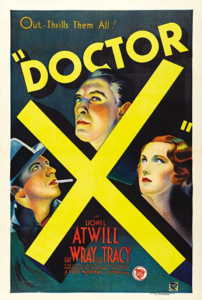
Synopsis:
When detectives inform him that a serial killer known as the “Moon Killer” is one of the scientists working at his renowned laboratory, Dr. Xavier (Lionel Atwill) decides to conduct an experiment which will reveal the true identity of the madman. Meanwhile, an intrepid reporter (Lee Tracy) hoping for a big scoop falls in love with Dr. Xavier’s daughter (Fay Wray) while placing his own life in serious jeopardy.
|
|
Genres:
- Amateur Sleuths
- Fay Wray Films
- Horror
- Journalists
- Lionel Atwill Films
- Mad Doctors and Scientists
- Michael Curtiz Films
- Murder Mystery
- Play Adaptation
- Serial Killers
Review:
As one of the first movies to be filmed in “two-strip Technicolor” — and one of Warner Brothers’ earliest horror films, made in direct competition with Universal Studios’ immensely popular chillers — Michael Curtiz’s Doctor X holds a special place in cinematic history. Its fame increased during the decades after its release, when only black-and-white copies were available for viewing; it wasn’t until 1973 that the original color version of Doctor X was restored. Unfortunately, the story itself hasn’t held up very well: for the most part, the dialogue and acting are both stilted and clumsy, and there are precious few genuine chills until the final 20 minutes or so (once the identity of the killer is finally revealed). Comic-relief Lee Tracy is simply annoying, and his romance with beautiful Fay Wray (who, as usual, glows on the screen) is nothing more than pure cinematic convenience.
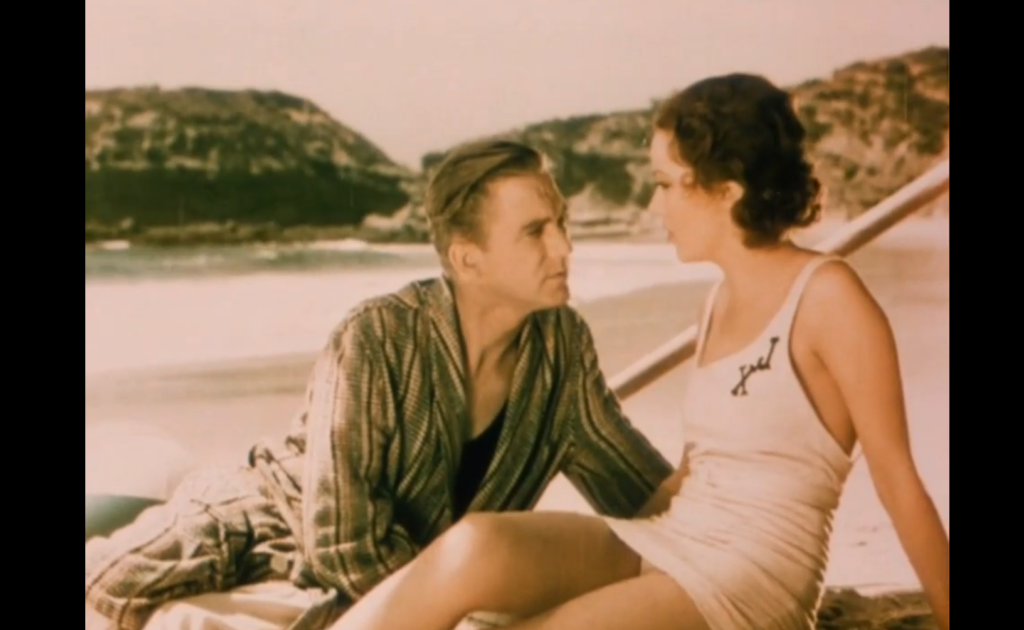
With that said, Lionel Atwill (in one of his first major screen roles) is appropriately regal and mysterious as “Doctor X”; his presence, along with reasonably atmospheric set designs and cinematography, are the redeeming features of this otherwise disappointing murder mystery.
Redeeming Qualities and Moments:
- Lionel Atwill as “Dr. X”
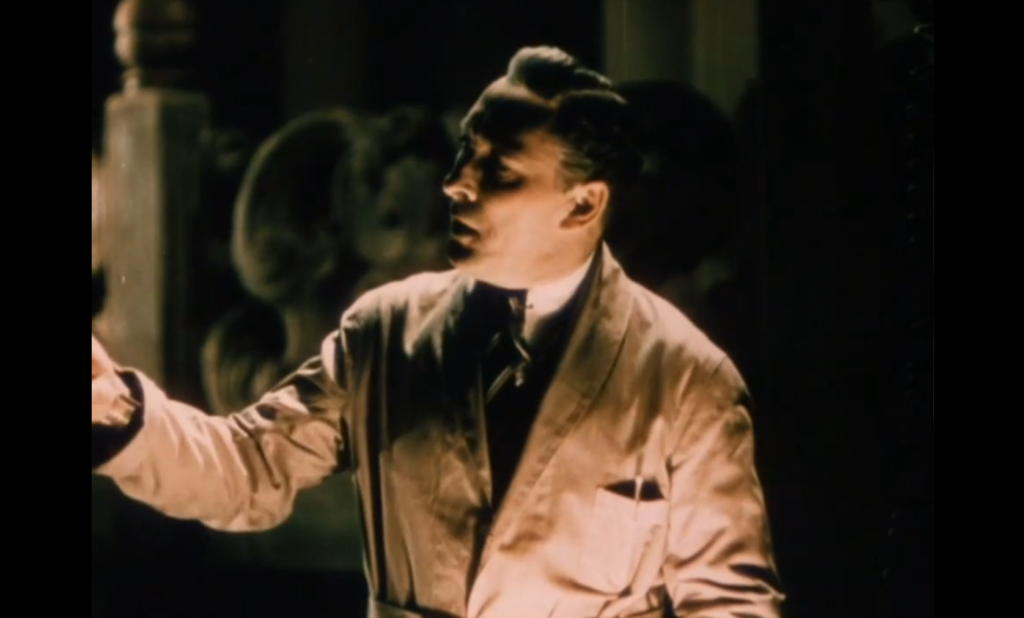
- Effectively atmospheric sets and early “two-strip” cinematography
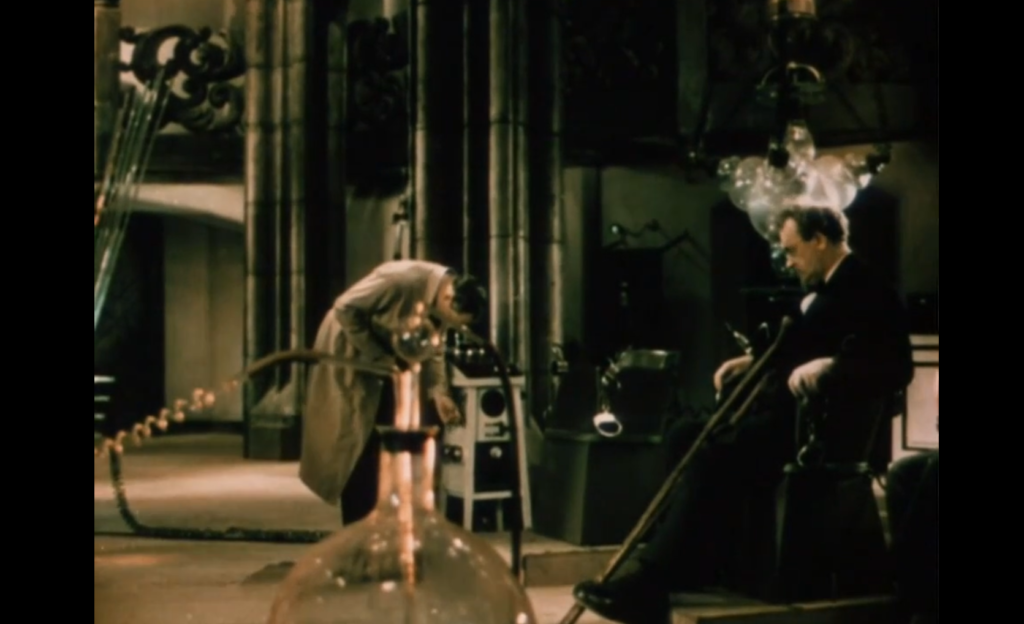
- The climactic sequences
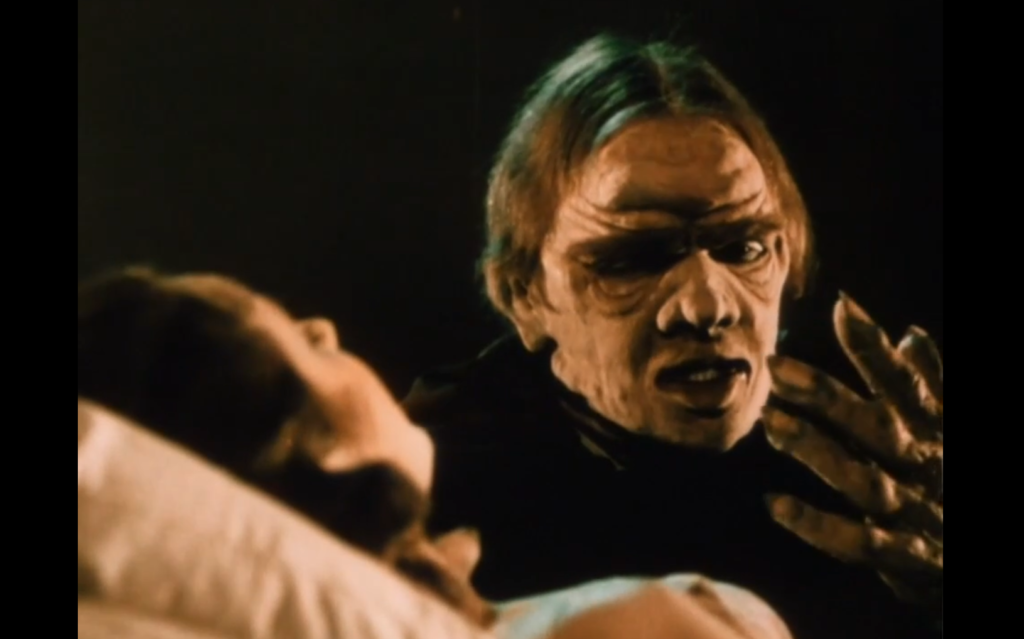
Must See?
No, though hardcore film buffs will likely be curious to check out the movie that eluded fans in its Technicolor iteration for so many years (now available as part of a box set of Warner Brothers’ horror films called “Legends of Horror”). Listed as a film with Historical Importance in the back of Peary’s book.
Links:
|





One thought on “Doctor X (1932)”
First viewing. Not must-see – and in complete agreement with all of the points brought out in the assessment.
In spite of its status as an early Technicolor achievement, the two-strip visuals are just about the only thing that may hold viewer interest here (though, granted, some may understandably get caught up in the whodunit aspect of the plot).
The main drawback is that the script is an uneasy mix (by turns; not overlapping) of light comedy and horror / suspense. Perhaps the ‘comedy’ (much of which doesn’t work very well on its own anyway) was considered necessary to off-set the story’s more unsavory element. But it seems an obvious miscalculation. (As well, adding a love angle on top of everything else doesn’t help matters either – but that’s mainly due to Tracy and Wray having all but no chemistry together; though, in fairness to them, the script isn’t doing them any favors.)
One wonders what the film would have been like had the decision been made to stay simple, and strictly on the horror line. I can’t help but think it would have been a film that held together better.
That said, director Curtiz – for his part – is in good form as usual and presents the flawed piece as best he can.